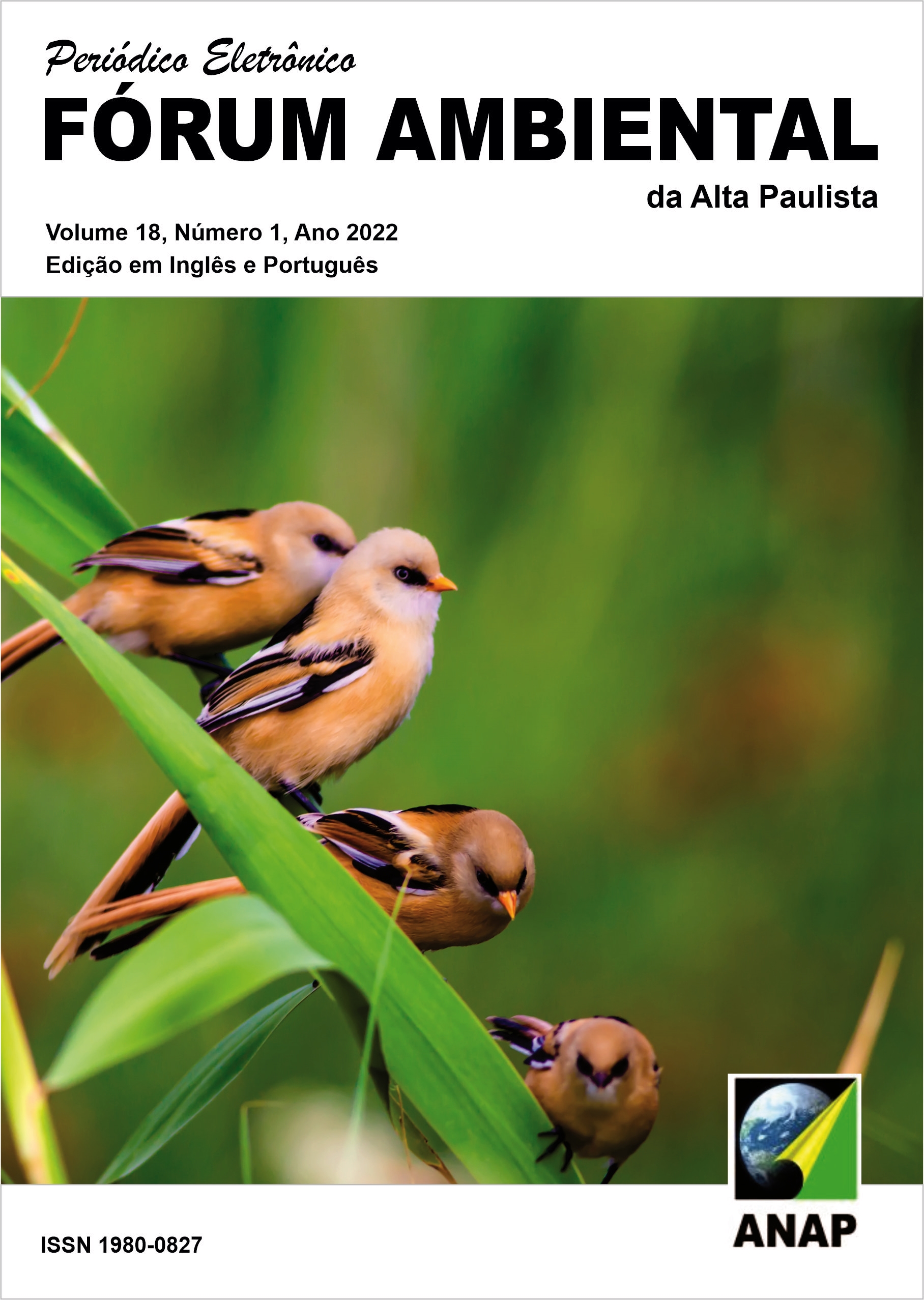Morphometric Evaluation of the Santana River Basin in Itapuranga, Goiás (Brazil)
DOI:
https://doi.org/10.17271/1980082718120223146Palavras-chave:
Geoprocessing. Hydrographic basin. Morphometry.Resumo
In view of the importance of morphometric studies for the planning and management of watersheds, this study aimed to carry out the morphometric assessment of the Santana River Basin, located in the municipality of Itapuranga, Goiás. The study area was chosen due to the basin is extremely important for the region, as it is responsible for the irrigation of large areas of cultivation. This fact led to the realization of this study, in order to be able to contribute to the planning and management of the hydrographic basin. The methodology consisted of eight steps, using ArcGis 9.2 software. The results showed the hierarchy of drainage channels in the Santana River basin in four orders. The slope mapping in conjunction with the hypsometric mapping showed areas of steep slopes and interfluves that appear as flattened tops, with considerable elevation. The valley bottoms are at an elevation of 540 to 570 meters. The unevenness of the hydrographic basin was 360 meters, 540 meters at the lowest point and 900 meters from the highest point. The Santana River basin can be fragmented into three distinct landscape units: hills, alluvial plains and top areas. Thus, this study showed basic characteristics of the physical environment that can enable, and support studies aimed at the planning and management of that basin, helping to reduce and mitigate the socioeconomic impacts on water sources.














